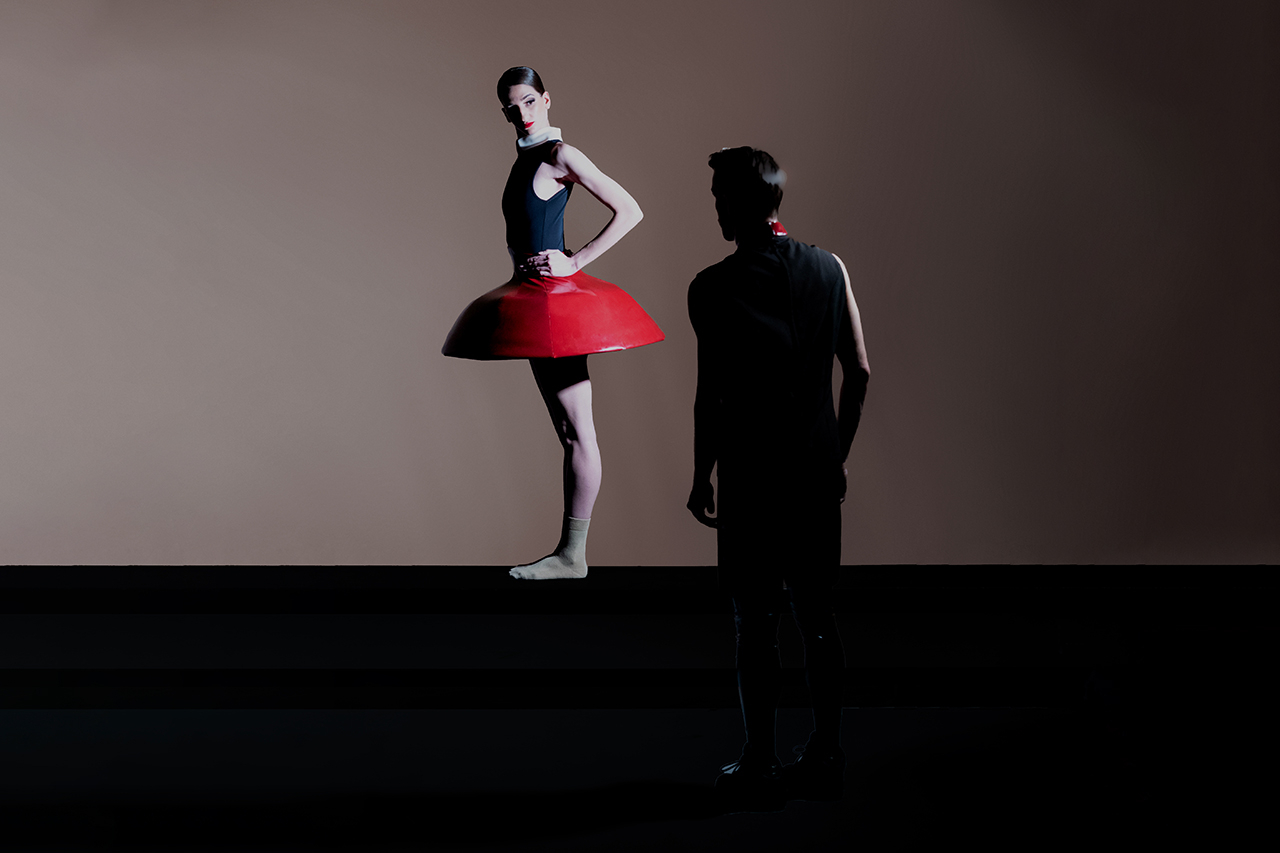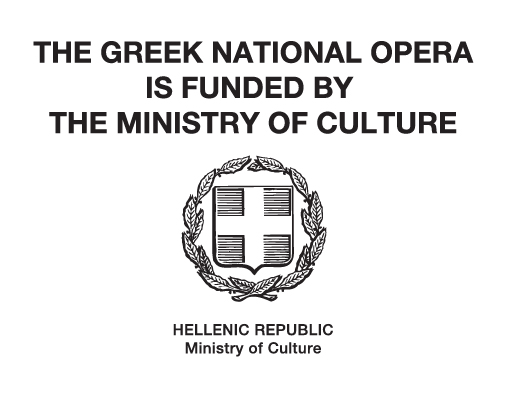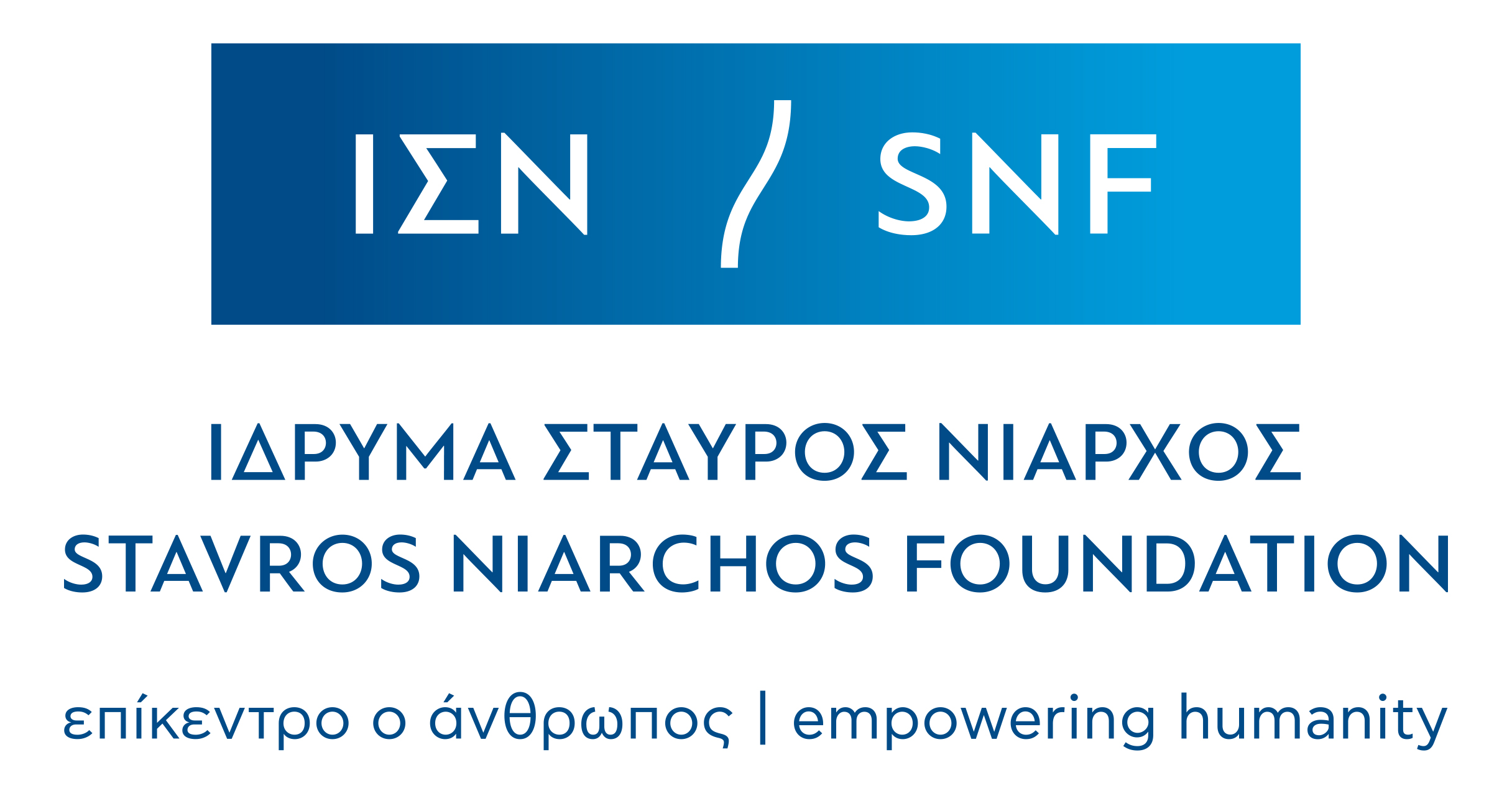Contact
ADDRESS
STAVROS NIARCHOS FOUNDATION
CULTURAL CENTER
364 Syggrou Avenue, Kallithea
TEL.
Box Office:
+30 213 0885700
Box Office email:
boxoffice@nationalopera.gr
Daily 09.00-21.00
info@nationalopera.gr
Register to our Newsletter


Concept, libretto, choreography, dramaturgy: Edward Clug
Conductor: Konstantinos Terzakis
Sets: Marko Japelj
Object designer: Nika Zupanc
Costumes: Leo Kulaš
Lighting: Tomaž Premzl
Coppélia
Despina Chrysostomou
Coppélius
Danilo Zeka / Vangelis Bikos
Swanilda
Eleftheria Stamou / Ariadni Filippaki
Franz
Stefano Pietragalla / Yorgos Hatzopoulos
Coppélius’ assistant
Manex Alberdi / Kaito Takahasi
Friends
Marita Nikolitsa, Ariadni Filippaki / Areti Noti, Alicia Townsend
Yannis Gantsios, Yorgos Hatzopoulos / Matteo Beeckman, Daniele Pecorari
Girls
Anna Frangou, Natalia Kalogeropoulou, Magda Koukou-Ferra, Marta Rivero de Miranda, Marita Nikolitsa, Areti Noti, Eleni Myrsini Petroutsou / Ariadni Filippaki, Zoi Schoinoplokaki, Alicia Townsend, Eleni Fotou
Boys
Manex Alberdi / Yorgos Hatzopoulos, Yannis Gantsios, Sebastien Kapps / Christos Tzovaras, Matteo Beeckman, Esmeraldo Bitro / Thanassis Solomos, Yannis Mitrakis, Elton Dimrochi, Daniele Pecorari, Stefano Pietragalla / Kaito Takahashi, Pantelis Haratsidis
With the Orchestra and Ballet of the Greek National Opera
Ticket prices: €15, €20, €30, €35, €42, €50, €55, €70
Students, children: €12
Limited visibility seats: €10
Ballet • New production
Stavros Niarchos Hall of the Greek National Opera – SNFCC
Starts at: 19.30 (Sunday at: 18.30)| 

GNO lead donor

Production sponsor

The Ballet of the Greek National Opera presents a new ambitious production of the ballet Coppélia, choreographed by the renowned Slovenian choreographer Edward Clug. The production will run for five unique performances at the Stavros Niarchos Hall of the GNO at the SNFCC starting on 12 May 2024, with Konstantinos Terzakis conducting.
Léo Delibes‘ classical ballet Coppélia, based on E.T.A. Hoffmann’s story “Der Sandmann”, was first presented on 25 May 1870 in Paris, at the Théâtre Impérial de l’Opéra. Swanilda is about to be married to Franz but begins to doubt his love for her, when he turns his attentions to the mysterious Coppélia. Swanilda discovers –quite by chance– that the exquisitely beautiful Coppélia is in fact just a mechanical doll, and comes up with a plan to win back her fiancé’s heart. In her attempt, however, she will be challenged by Coppélius, the cunning inventor of Coppélia, who’s searching for a human soul to bring the mechanical doll to life.
In Edward Clug’s new choreography, the unsettling presence of a living doll is set against the backdrop of an ideal world. The celebrated choreographer creates a mysterious and strange world, through the magic of beauty. As he notes: “Coppélia is one of the oldest and most beloved classical ballets. It is loosely adapted from a story found in the E.T.A. Hoffmann book Nachtstücke (Night Pieces), using elements of its plot. From the very start, I knew that I needed to strengthen this plot to make it more appealing to today’s audiences. To this end, I began to work on a new libretto, and also decided to work with my longstanding collaborator Milko Lazar on a supplemental score that would emphasise the dark, Romantic atmosphere of the original Sandman story and stand in contrast to Delibes’ more delightful Romanticism, while retaining the charms of the original ballet. When I thought of recreating this beloved classical piece I thought that Coppélia itself has probably the biggest potential for a choreographic reinvention. In our version, it became a very complex character with very demanding abilities to behave as an automaton or as a doll. Compared to the original version, this Coppélia is almost dangerous.”
Multi-awarded choreographer Edward Clug –one of the most important European artists active in the dance scene today– made his first collaboration with the Maribor Slovene National Theatre in 1991. In 2003 he took over the artistic directorship of its Ballet, a position he still holds to this day. In 2005 he stamped his mark on the global success of Radio & Juliet, featuring music by Radiohead. The production of Stravinsky’s The Rite of Spring in 2012 and the great success of his first narrative ballet Peer Gynt in 2015 have led him to emerge as a major choreographic figure of his generation. In 2018 he crafted the multi-awarded full-length ballet Faust with Ballett Zürich. Over the last years he has started a successful collaboration with the Nederlands Dans Theater and has created new pieces for the Bolshoi Ballet, including The Master and Margarita. His works have been presented on leading stages in Germany, the Royal Ballet of Flanders, the Vienna State Ballet, the National Ballet Company of Portugal in Lisbon, Les Grands Ballets Canadiens in Montreal, the Czech National Ballet in Prague, the Croatian National Ballet in Zagreb, etc.
To create this new version of Coppélia, Clug has used the movement style of modern dance, complementing Léo Delibes’ lively original music with new compositions by Milko Lazar. The set with the enchanting atmosphere has been designed by Marko Japelj and Nika Zupanc, and the impressive costumes by Leo Kulaš. Responsible for the lighting is Tomaž Premzl.
The Orchestra of the Greek National Opera will be conducted by Konstantinos Terzakis, an emerging Greek conductor with an important career abroad. He currently holds the position of assistant conductor at the City of Birmingham Symphony Orchestra (2022/23). He has been based in the United Kingdom since 2019, where he also completed his postgraduate studies in orchestral conducting (with Martyn Brabbins, Garry Walker and Alasdair Mitchell) on a full scholarship from the Scottish Royal Conservatoire. In 2022 he was selected as a conducting scholar at the Lucerne Festival Academy. In 2021 he was selected to participate in Klangspuren Schwaz festival with the International Ensemble Modern Academy (IEMA). He has collaborated with the Birmingham Contemporary Music Group (BCMG), Sinfonietta Dresden, Epidaurus Festival, Symphony Orchestra of the Athens Municipality, Ergon Ensemble, Greek Composers’ Union, and TETTTIX.
Featuring the Principal Dancers, Soloists, Demi-Soloists and the Corps de ballet of the Greek National Opera.
Coppélia at a glance
Who composed the music? For the original conception of the ballet the music was written by French composer Léo Delibes (1836-1891). For Edward Clug’s choreography extra music was especially composed by the Slovenian Milko Lazar (b. 1965).
Who wrote the libretto and who made the choreography? Initially the libretto of the ballet was conceived by Charles-Louis-Étienne Nuittier and Arthur Saint-Léon, who were inspired by the short story “Der Sandmann”, included in the first part of the Nachtstücke (1817) by E.T.A. Hoffmann. Saint-Léon choreographed the piece. In the form we will see Coppélia tonight, the conception, the libretto and the choreography are by Edward Clug.
Where and when was it first performed? In its original form, the ballet was presented on 25 May 1870 in Paris, at the Théâtre Impérial de l’Opéra. Clug’s choreography that we will enjoy tonight was premiered at the Theater Basel on 18 March 2023.
Coppélia was first presented by the Greek National Opera Ballet during the 1988/89 artistic season in a choreography by Yannis Metsis based on that of Saint-Léon.
Edward Clug’s version is presented this year for the first time in Greece.
Synopsis of the work
Act I
At the wedding of Swanilda and Franz the young guests are celebrating. When Franz suddenly meets Coppélia, an automaton who comes to the wedding with its villain master Coppélius, he immediately becomes obsessed with it. Coppélius understands what is happening and his assistants interrupt the celebrations. The villains manage to lead Franz away from his wedding and guide him into Coppélius’ place.
Act II
Coppélius once again introduces Franz to Coppélia. The automaton needs one last thing to come to life: a human soul. The ultimate goal of Coppélius’ experiment is to extract the soul of one of his abducted victims and insert it in the lifeless Coppélia. He fails in his attempt with Franz and other captured boys. Yet there is someone else hidden in the room: it is Swanilda who has been caught while trying to save Franz. Coppélius sees in her the last potential victim to achieve his dream. He impresses her with his beautiful dolls and engages her into dancing with them. Swanilda is trying to escape but she fails.
After a kiss with Swanilda, Coppélia seems to receive her soul and for a moment she acts like a human being. Coppélius is overwhelmed by his achievement, but only for a while. As Swanilda comes back to consciousness, Coppélia becomes a doll again. Coppélius is furious with his failure and wants revenge. Suddenly Coppélia turns against her master and together with Swanilda they defeat him. Swanilda liberates Franz and they reunite into a duet of reconciliation.
STAVROS NIARCHOS FOUNDATION
CULTURAL CENTER
364 Syggrou Avenue, Kallithea
Box Office:
+30 213 0885700
Box Office email:
boxoffice@nationalopera.gr
Daily 09.00-21.00
info@nationalopera.gr